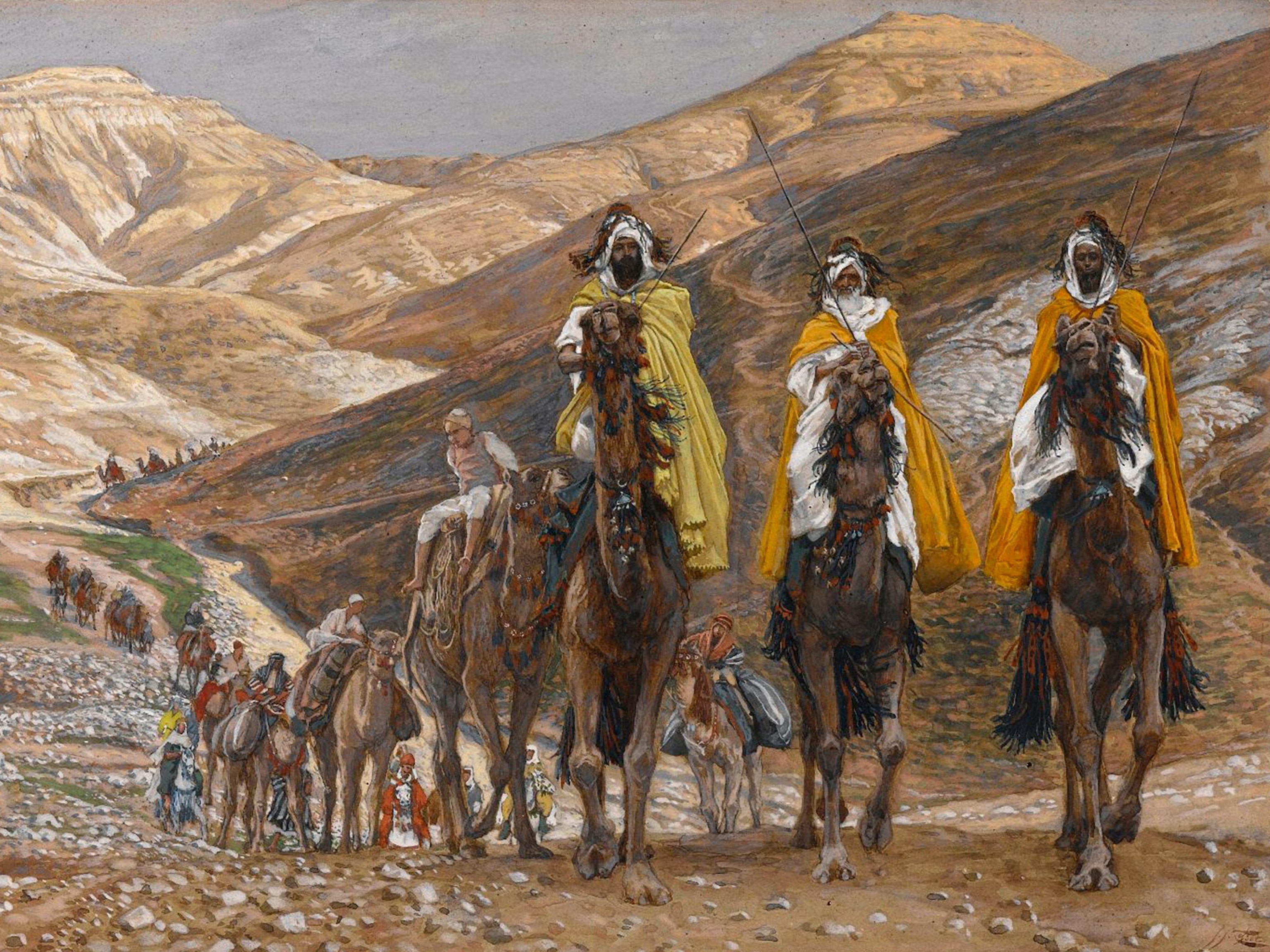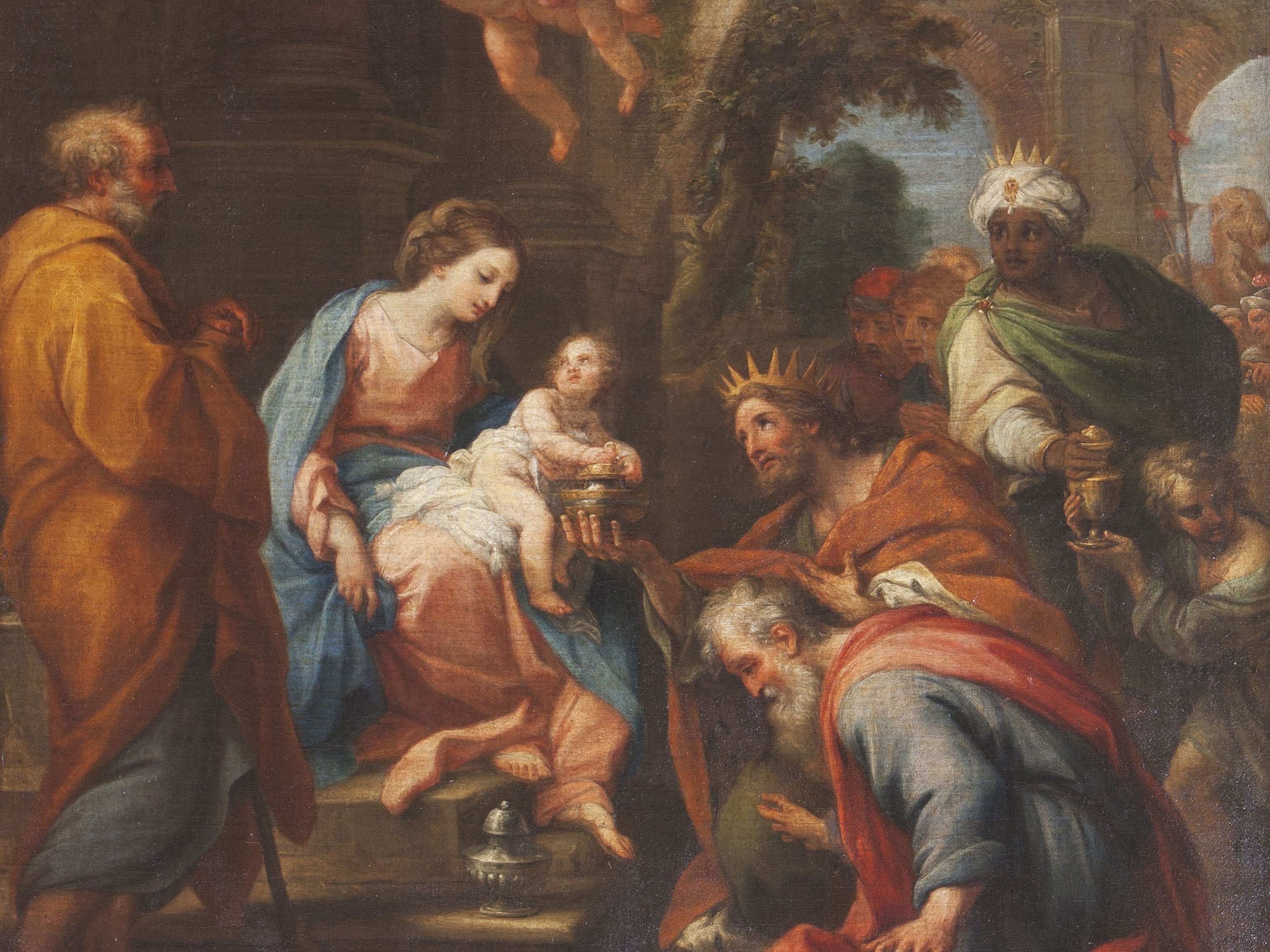
Who were the three kings in the Christmas story?
Appearing only once in the story of Jesus' birth, the wise men from the East made a lasting impression in the Christian imagination.
Many Christmas carols make mention of the three kings, who follow a star and come to pay homage to the baby Jesus in Bethlehem. In the Bible, they are not called kings, and their number is not specified—instead they are “wise men from the East.” At many courts in the east, including ancient Babylon and Persia, learned astrologers often served as priestly advisers, practiced in the art of magic. In the centuries since, the three magi have been interpreted as kings.
According to the Book of Matthew, a bright star led the magi from the east until it stopped “over the place where the child was,” and “upon entering the house, they saw the child with Mary his mother” (Matthew 1:24).

The magi knelt down for the baby Jesus and “offered him gifts of gold, frankincense, and myrrh.” Their gifts are possibly an allusion to Isaiah’s vision of nations rendering tribute to Jerusalem: “A multitude of camels shall cover you. they shall bring gold and frankincense, and proclaim the praise of the Lord” (Matthew 2:11, Isaiah 60:6). (Learn the difference between Arabian Camels and Bactrian Camels.)
King Herod had heard rumors of the birth of a new “king” and jealously sought out the baby. In the Book of Matthew, the magi stopped at Herod’s palace on their way to Bethlehem, and the king asked them to let him know where this newborn babe was, so that “I may also go and pay him homage.” But the magi were warned in a dream not to return to Herod, and so they left for their own country by another road” and were never heard from again (Matthew 2:12).
Building a backstory
Later tellings of the story identified the magi by name and identified their lands of origin: Melchior hailed from Persia, Gaspar (also called "Caspar" or "Jaspar") from India, and Balthazar from Arabia. Their gifts had special symbolic meanings as well: gold signified Jesus' status as "King of the Jews;" frankincense represented the infant's divinity and identity as the Son of God; and myrrh touched upon Jesus' mortality. (Learn what archaeology is telling us about the real Jesus.)
Popular depictions of Christmas seem to compress the nativity story, making it appear as though the three kings’ show up in Bethlehem on Christmas, but traditional celebrations put their visit 12 days after Christmas. Called Epiphany, or Three Kings Day, it is the official commemoration of the arrival of the Magi and is one of Christianity’s oldest holidays. Roman Catholics celebrate Epiphany on January 6, and Orthodox Christian faiths celebrate on January 19.





